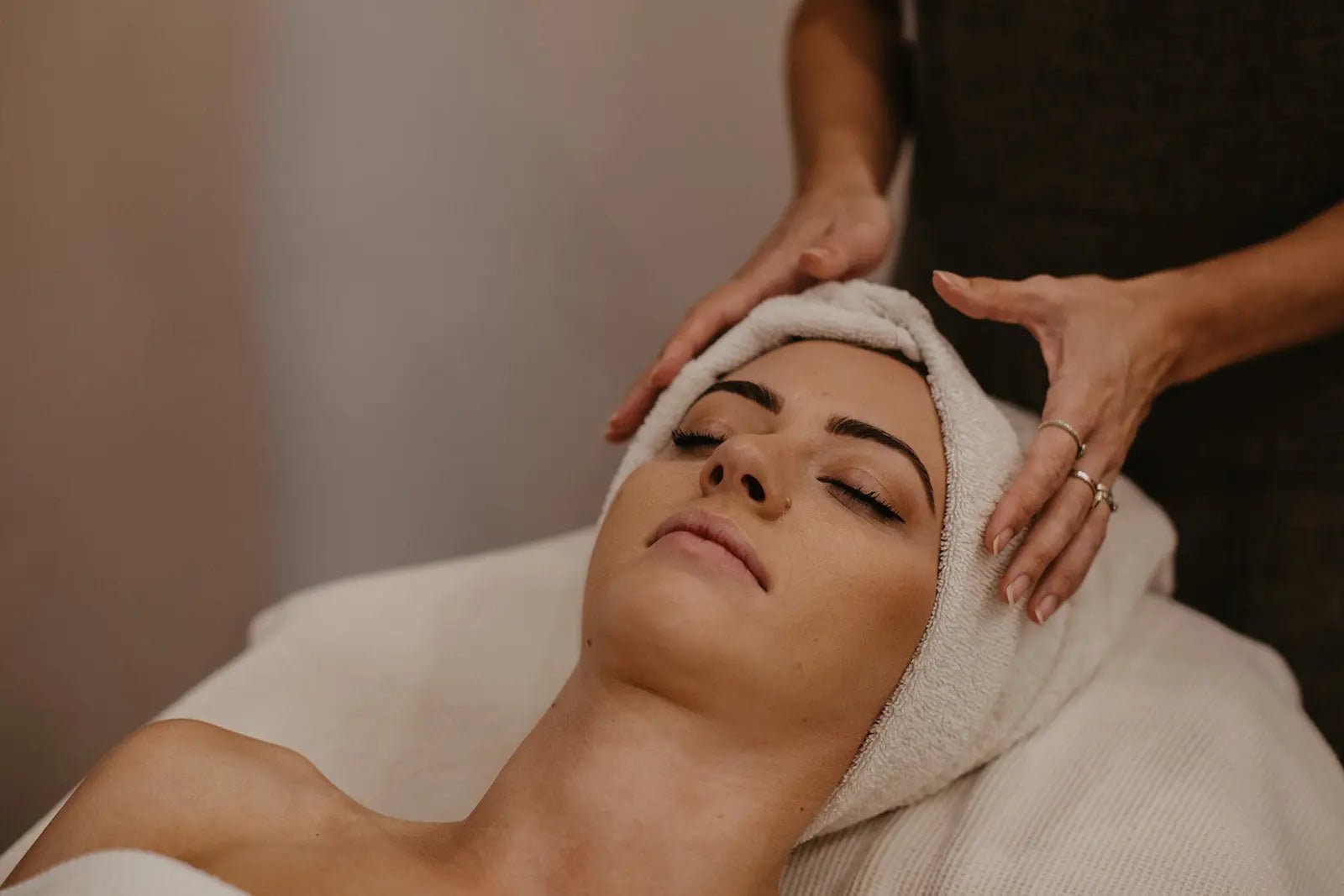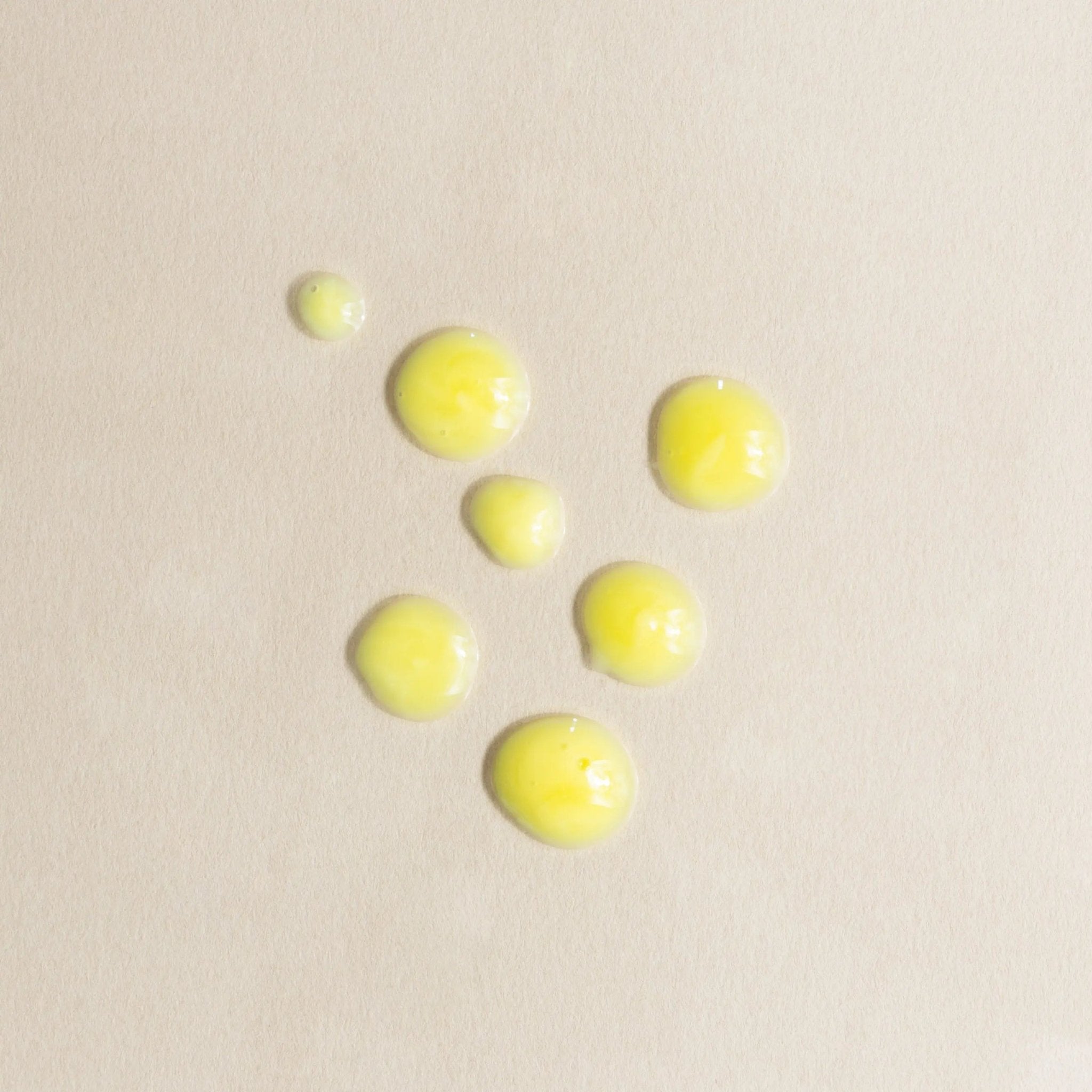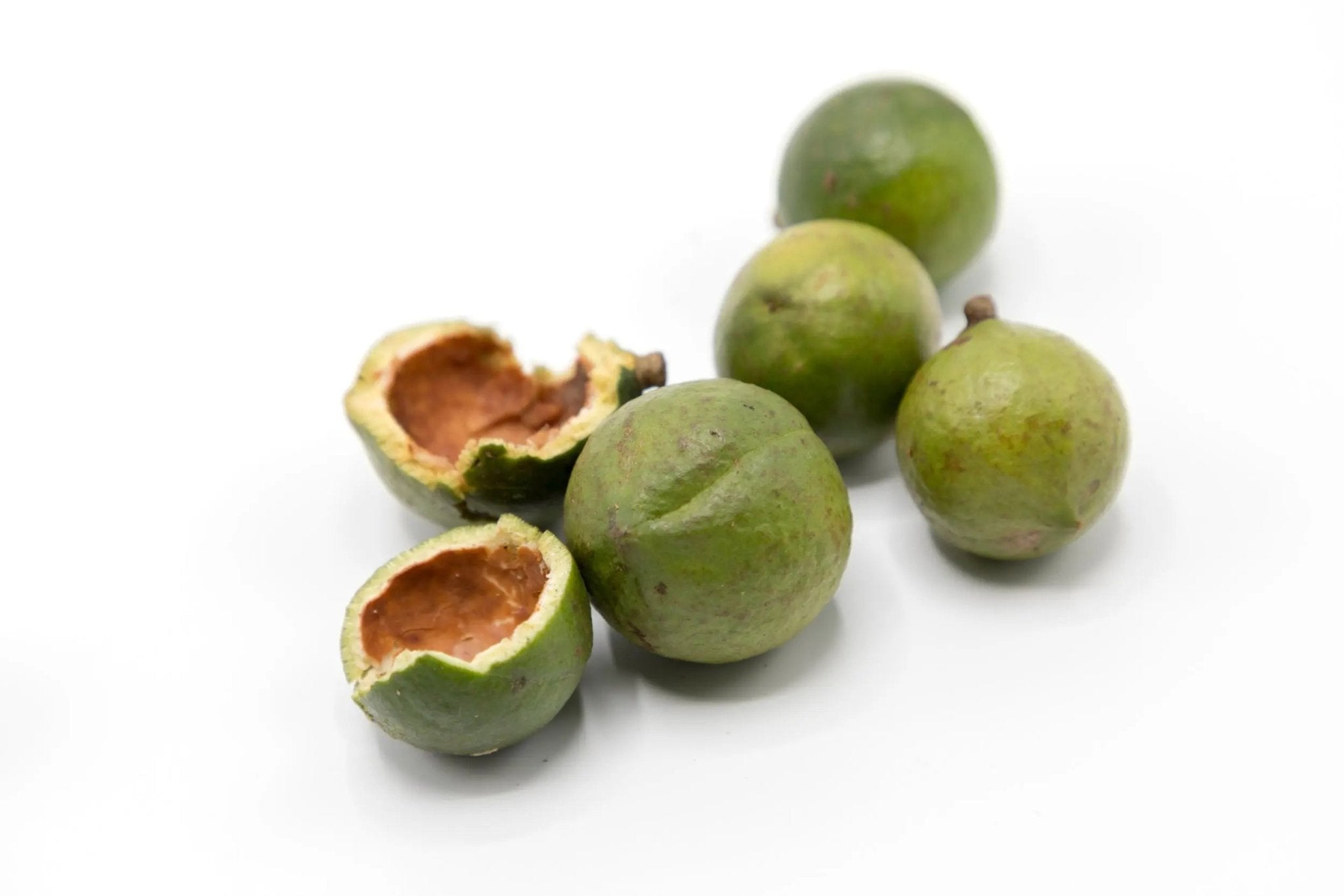
20 Things To Consider Before Having Microdermabrasion
Microdermabrasion sounds vaguely painful, but it’s actually one of the gentlest, fastest, non-invasive anti-ageing treatments around today. So, what is microdermabrasion exactly?
It is a non-surgical facial resurfacing technique performed in a series of about 6 to 10 treatments. It mechanically exfoliates the outermost layer of dead skin cells (the stratum corneum) and vacuums them away, leaving your skin feeling softer and smoother – and if done well, looking younger and more vibrant.
The way it works is that when you remove the stratum corneum, the body has a minor freakout, interpreting it as an injury. The lost skin cells are then quickly replaced with new, healthy ones.
Microdermabrasion machines are rather expensive contraptions that use either crystals or diamonds to abrade the skin. Crystal machines consist of a compressor that draws in air through a hand-held stainless steel or glass wand. When the wand touches the skin, a vacuum is created. The most common crystals used are aluminium oxide crystals, also known as corundum. They are second only to diamonds in hardness but are a lot cheaper.
Some studies have suggested there may be health risks associated with aluminium oxide-based microdermabrasion machines, with fears the small particles could enter the lungs if breathed in, or scratch the eyes (most microdermabrasion clinics now use eye protection for this reason). Other crystals used in microdermabrasion are sodium chloride, sodium bicarbonate (baking soda) and magnesium oxide. Other commonly used machines use a diamond-tipped hand piece that mechanically abrades the skin and a suction system to vacuum the exfoliated particles away.
Microdermabrasion is non-invasive and recovery time is as little as one or two days. Best of all, you can have it done during your lunch hour and go straight back to work looking pretty good for someone who has just had their skin cells vacuumed off their face.
If you're wanting to incorporate a simple at home treatment without the down time, we recommend utilising and incorporating our micro-dermal roller into your anti-ageing skincare routine as a safe, easy and effective treatment.
20 FACTS ABOUT MICRODERMABRASION
- It was first developed in Italy in 1985 – pasta, pizza and microdermabrasion, thanks guys!
- There are over 100 microdermabrasion machines on the market but they all have the same basic design – exfoliate and suck up those dead skin cells!
- The procedure has been shown to diminish fine lines, wrinkles, shallow acne scars, though before and after results may vary from person to person.
- Those who suffer from enlarged pores will be pleased to know microdermabrasion can help minimise pores and is great for unclogging them.
- The treatment may decrease the appearance of superficial hyperpigmentation, age spots and other superficial skin damage caused by the sun.
- Removing dead skin using this procedure can aid in the penetration of skincare products by up to 50% and with a more even surface to work with, it allows makeup to go on more smoothly.
- In 2009, the American Society of Cosmetic Surgeons reported there were 910,168 microdermabrasion procedures done in the US alone (176,541 of those men). It’s obviously big business, and not just in the States either.
- Many people choose microdermabrasion over chemical peels and laser treatment because it is generally safer and more cost-effective.
- The procedure may be a little uncomfortable but shouldn’t hurt (though skin can feel a little tender afterwards).
- One of the benefits of microdermabrasion is that it stimulates blood flow, which increases the nutrition delivered to skin cells. This improves cell production, which improves skin’s elasticity and texture.
- Microdermabrasion he treatment temporarily removes moisture so it should always be followed by application of a rich moisturiser.
- The best results are usually seen by people in the early stages of ageing, between 35 and 50.
- It’s not recommended if you have skin conditions such as rosacea, eczema, dermatitis, active sunburn, herpes, lupus, open sores, psoriasis, fragile capillaries or widespread acne. Seek medical advice first.
- While home dermabrasion kits are available, they act more like a scrub and can be quite harsh. Beware!
- A series of 6–10 treatments is usually recommended for optimum results, with 2 weeks in between for skin to recover.
- The entire procedure usually takes about 30 minutes for the face, longer if you want your neck and other body parts such as hands and feet done.
- Skin will be more sensitive to sunlight afterwards so stay out of the sun or use a good moisturiser with sunscreen.
- Your aesthetician or beauty therapist should be checking in with you about your comfort level during the treatment. Don’t be afraid to speak up if you feel like your face feels like it’s being sucked into a black hole.
- If an aesthetician or beauty therapist uses an unskillful technique it can lead to abrasions and pin-point bleeding, which means the treatment was done too aggressively.
- Always go to a qualified aesthetician or beauty therapist for microdermabrasion and ask them about their training, as the results you get will largely depend on their expertise.




Leave a comment
This site is protected by hCaptcha and the hCaptcha Privacy Policy and Terms of Service apply.